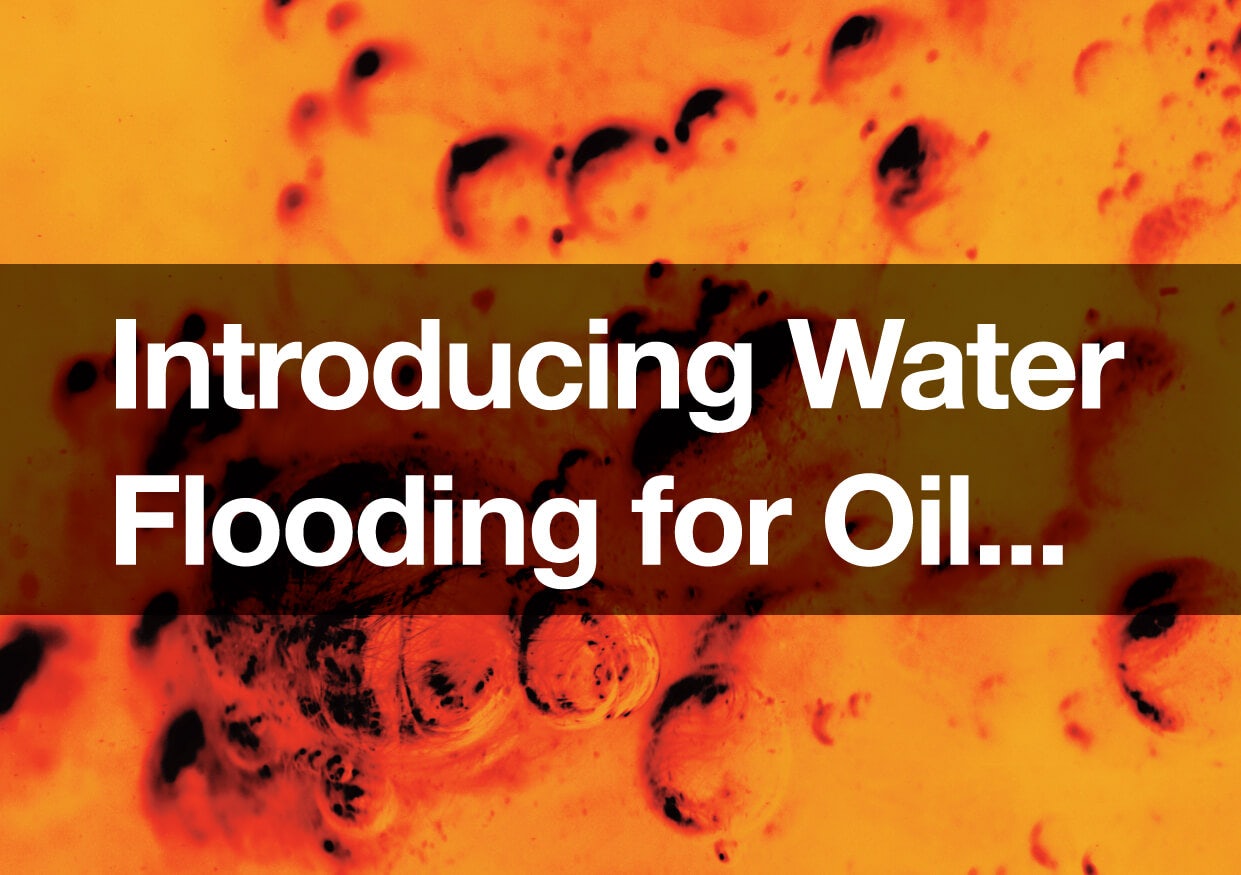Introducing Water Flooding for Oil
In the last decade, the oil technology has focused on one aspect in particular: efficiency. This has become the end goal of most, if not all companies, and is regarded to be an industry leader for development. Dashboard does not dispute this claim – in fact, we agree with it completely – but there is a drawback to technologies such as horizontal drilling: efficiency can lead to quick depletion of oil resources, where decline rates can reach 85% within the first year (Saskatchewan Research Council)
http://wbpc.ca/pub/documents/archived-talks/2015/Abstracts/Nakutnyy%20and%20Luo.pdf
To combat this problem that producers will eventually face at one time or another, new technologies have been invented. One that stands out to us for its creativity is water flooding. Rather than aiding primary production, i.e. artificial methods of pumping and lifting, it uses secondary recovery techniques; under heavy pressure of water flow, a condition of voidage replacement is achieved. This creates a pressure matching the initial conditions, where oil extraction can continue at the same level as in artificial recovery, and the pressure is maintained for as long as possible. This effect causes the oil to move to areas of lower water pressure, where it is easier to reach.
Besides its comparative success in driving oil to the desired area, water flooding offers several other advantages. Water is inexpensive therefore, using it in large volumes doesn’t come with an unreasonable price; it is also readily available in most places and does not cause a problem with distribution unlike the alternative gas that can. Finally, it also works on both water-wet and mixed-wet reservoir rocks, which together cover a large majority of all sources.
Trent Stangl, a former vice-president of one developer company, says this technology could reduce the depletion rate to 26-28%. According to another company, Crescent Point, and their calculations, even a 7% decrease in depletion can save the user over £190 million, with no other changes implemented.
Whist Dashboard is aware that water flooding is not a newcomer to the industry, we do believe its use could and should be much more widespread. It could prove to be particularly beneficial to some of Canada’s regions, which are struggling to continue past the initial stage. We hope that our article will encourage more companies to consider water flooding as a viable option and see its potential as we do.
